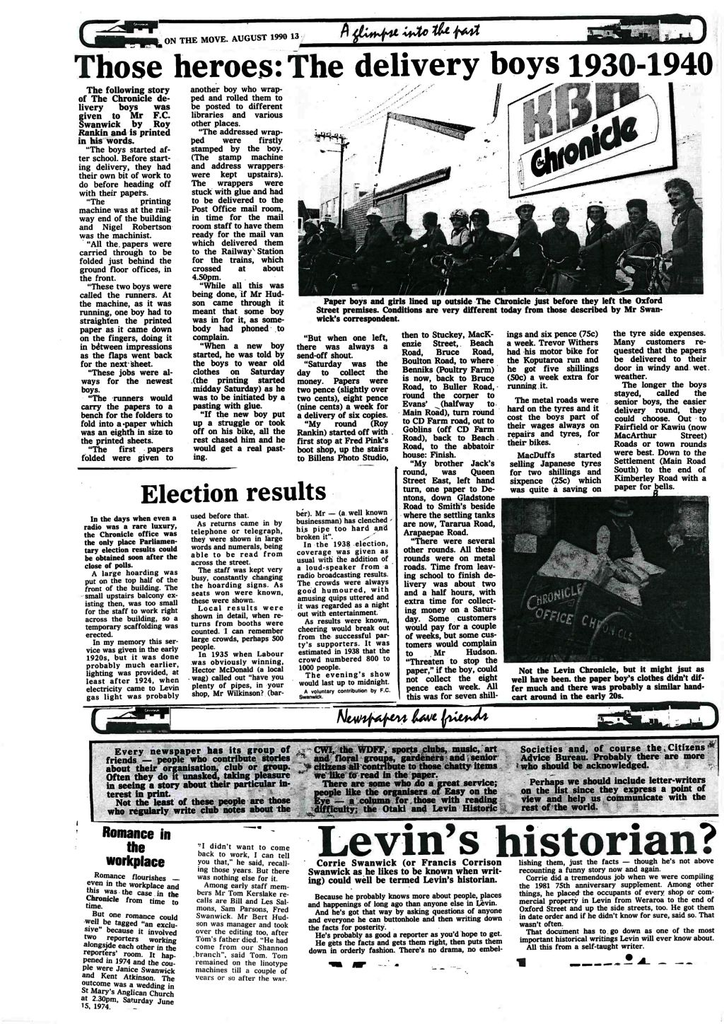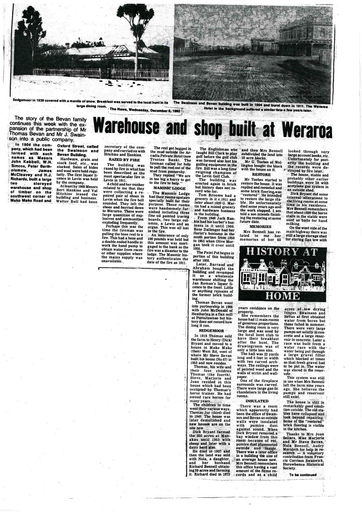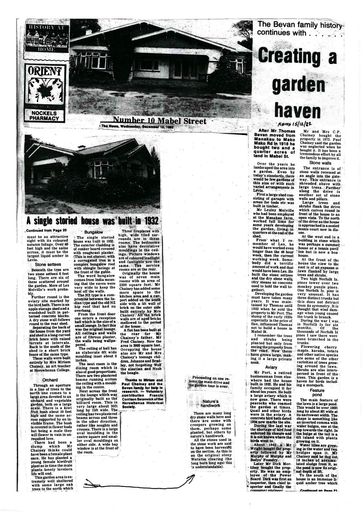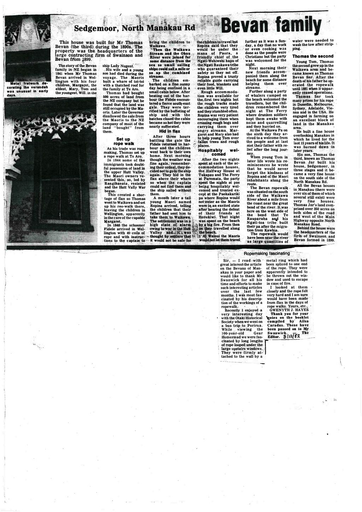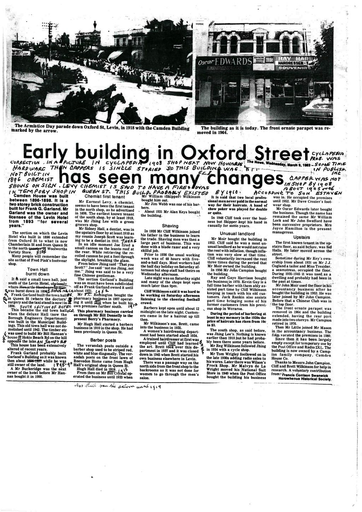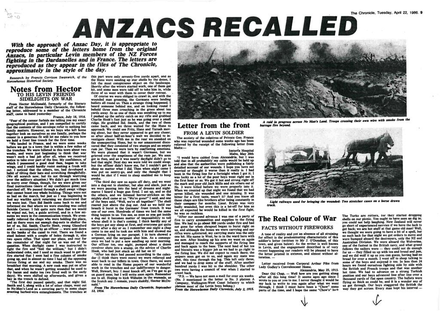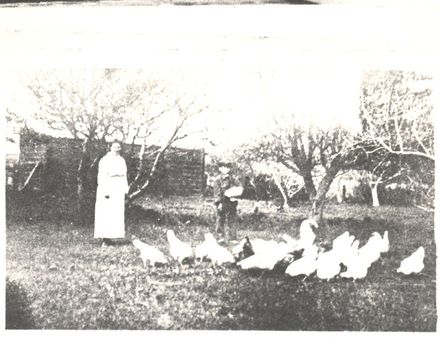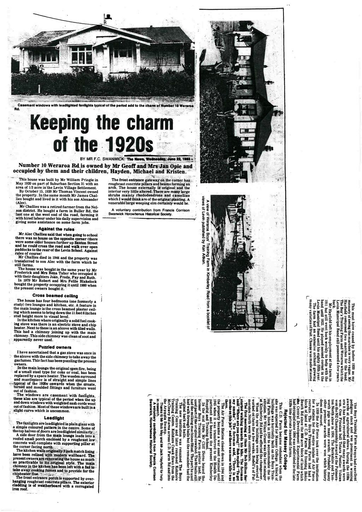Those Heroes: The Delivery Boys 1930-1940
- Description
 "The boys started after school. Before starting delivery, they had their own bit of work to do before heading off with their papers”.
"The boys started after school. Before starting delivery, they had their own bit of work to do before heading off with their papers”. “The printing machine was at the railway end of the building and Nigel Robertson was the machinist.
“All the papers were carried through to be folded just behind the ground floor offices, in the front.
“These two boys were called the runners. At the machine, as it was running, one boy had to straighten the printed paper as it came down on the fingers, doing it in between impressions as the flaps went back for the next sheet.
“These jobs were always for the newest boys”.
“The runners would carry the papers to a bench for the folders to fold into a paper which was an eighth in size to the printed sheets.
“The first papers folded were given to another boy who wrapped and rolled them to be posted to different libraries and various other places.
“The addressed wrapped papers were firstly stamped by the boy. (The stamp machine and address wrappers were kept upstairs).
The wrappers were stuck with glue and had to be delivered to the Post Office mail room, in time for the mail room staff to have them ready for the mail van which delivered them to the Railway Station for the trains, which crossed at about 4.50pm.
“While all this was being done, if Mr Hudson came through it was meant that some boy was in for it, as somebody had phoned to complain.
“When a new boy started, he was told by the boys to wear old clothes on Saturday (the printing started midday Saturday) as he was to be initiated by a pasting of glue.
“If the new boy put up a struggle or took off on his bike, all the rest chased him and he would get a real pasting.
“But when one left, there was always a send-off shout.
“Saturday was the day to collect the money. Papers were two pence (slightly over two cents) a week for a delivery of six copies.
“My round (Roy Rankin) started off with first stop at Fred Pink’s book shop, up the stairs to Billens Photo Studio, then to Stuckey and MacKenzie Streets, Beach Road, Bruce Road, Boulton Road to where Benniks (Poultry Farm) is now, back to Bruce Road, to Bullet Road, round the corner to Evans’ (halfway to Main Road), turn round to CD Farm Road, out to Joblins Road (off CD Farm Road) back to Beach Road, to the abbatoir house: finish.
“Mr brother Jack’s round, was Queen Street East, left hand turn, one paper to Dentons, down Gladstone Road to Smith’s beside where the settling tanks are now, Tararua Road, Arapaepae Road.
“There were several other rounds. All these rounds were on metal roads. Time from leaving school to finish delivery was about two and a half hours, with extra time for collecting money on a Saturday. Some customers would pay for a couple of weeks, but some customers would complain to Mr Hudson. “Threaten to stop the paper,” if the boy, could not collect the eight pence each week. All this was for seven shillings and six pence (75c) a week. Trevor Withers had his motorbike for the Koputaroa run and he got five shillings (50c) a week extra for running it.
The metal roads were hard on the tyres and it cost the boys part of their wages on repairs and tyres for their bikes.
MacDuffs started selling Japanese tyres for two shillings and sixpence (25c) which was quite a saving on the tyre expenses. Many customers requested that the papers be delivered to their door in windy and wet weather.
The longer the boys stayed, called the senior boys, the easier delivery round they could choose. Out to Fairfield or Kawiu (now MacArthur Street) Roads or town rounds were best. Down to the Settlement (Main Road South) to the end of Kimberley Road with a paper for Bells.
Identification
- Date
- August 13, 1990
Taxonomy
- Community Tags


